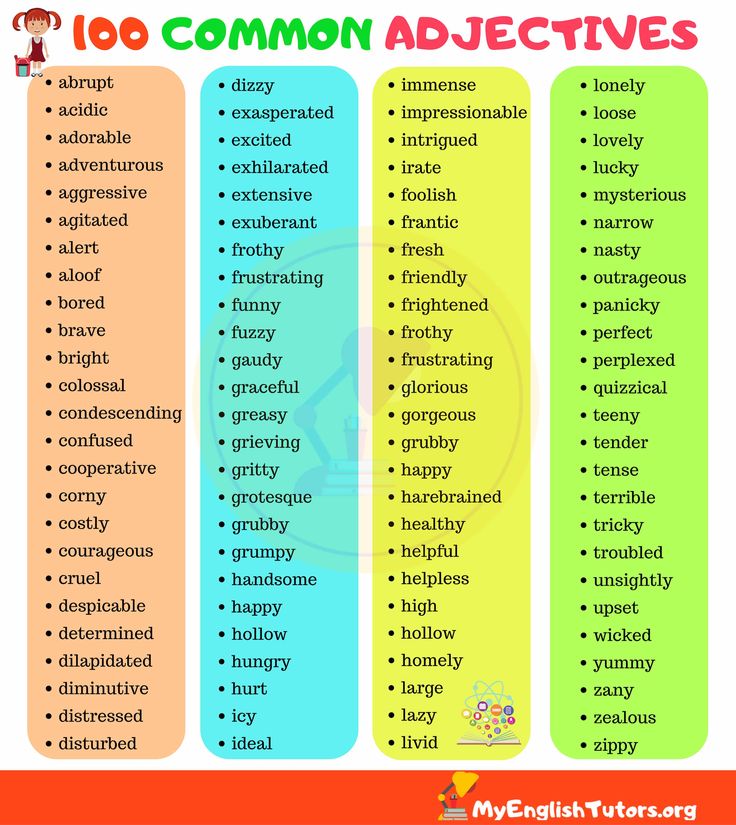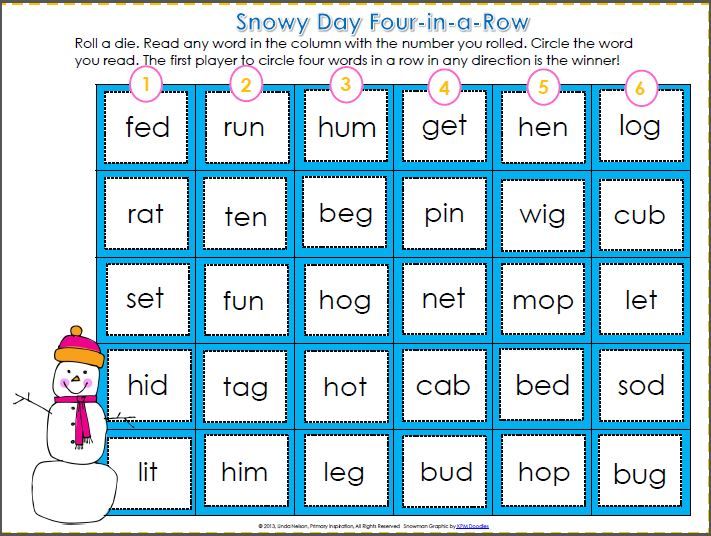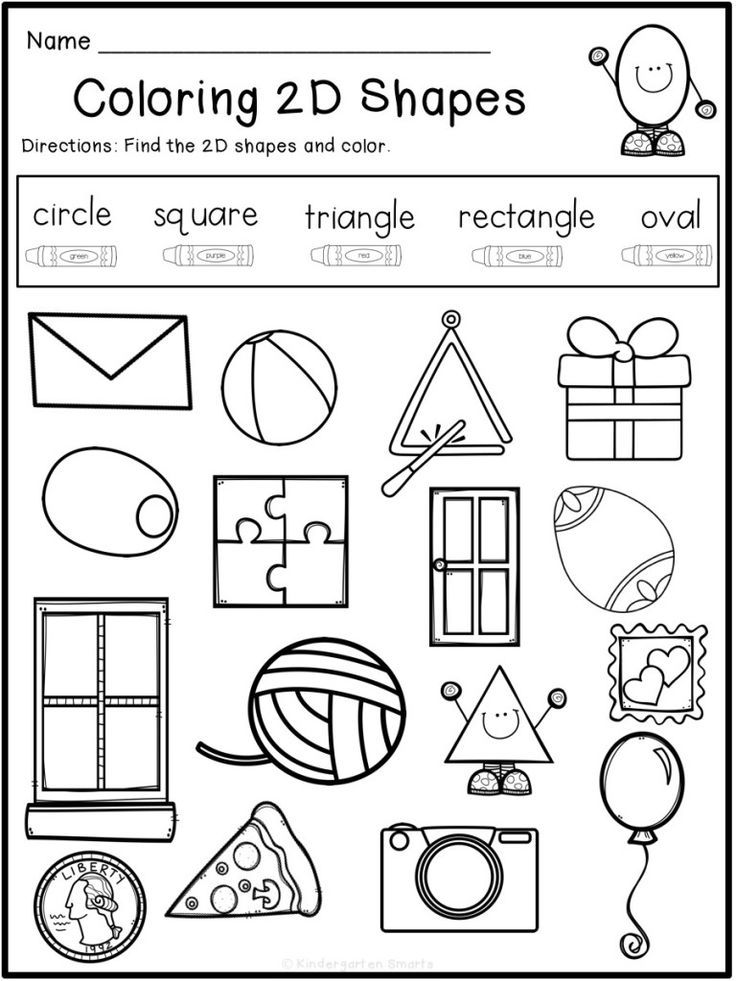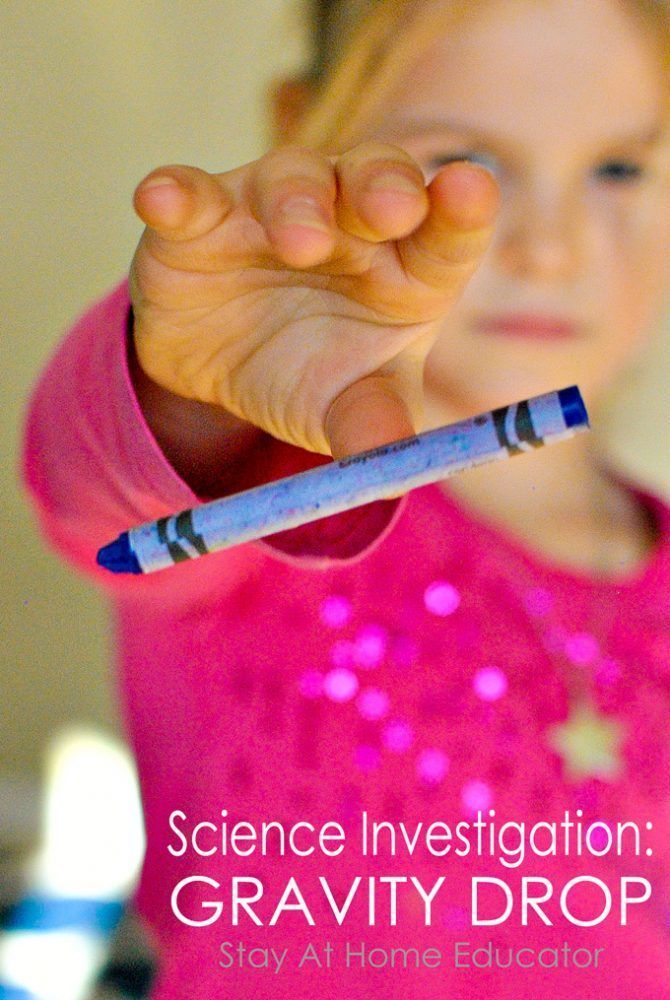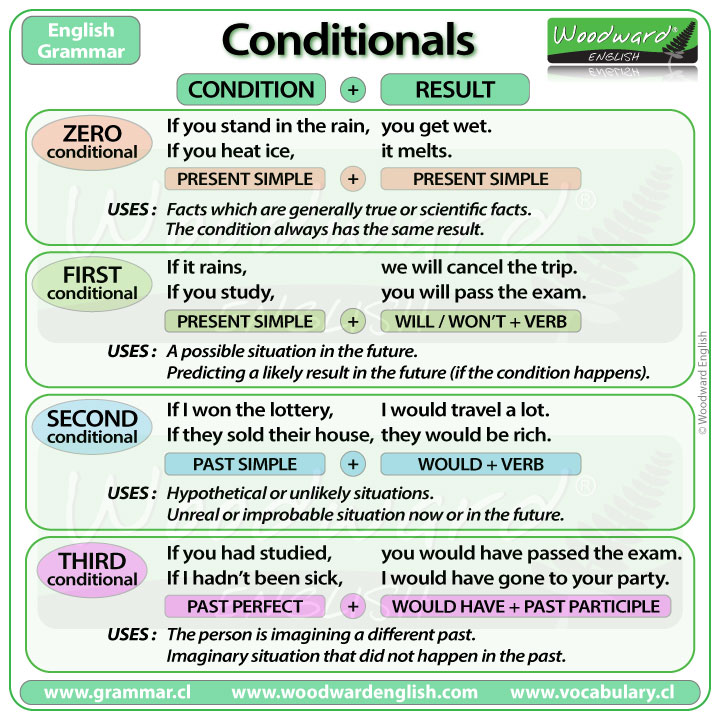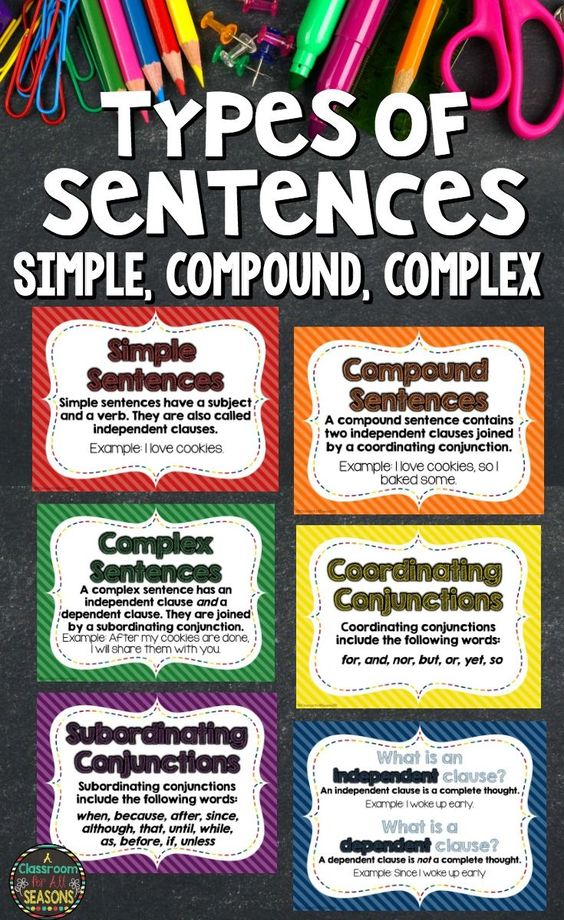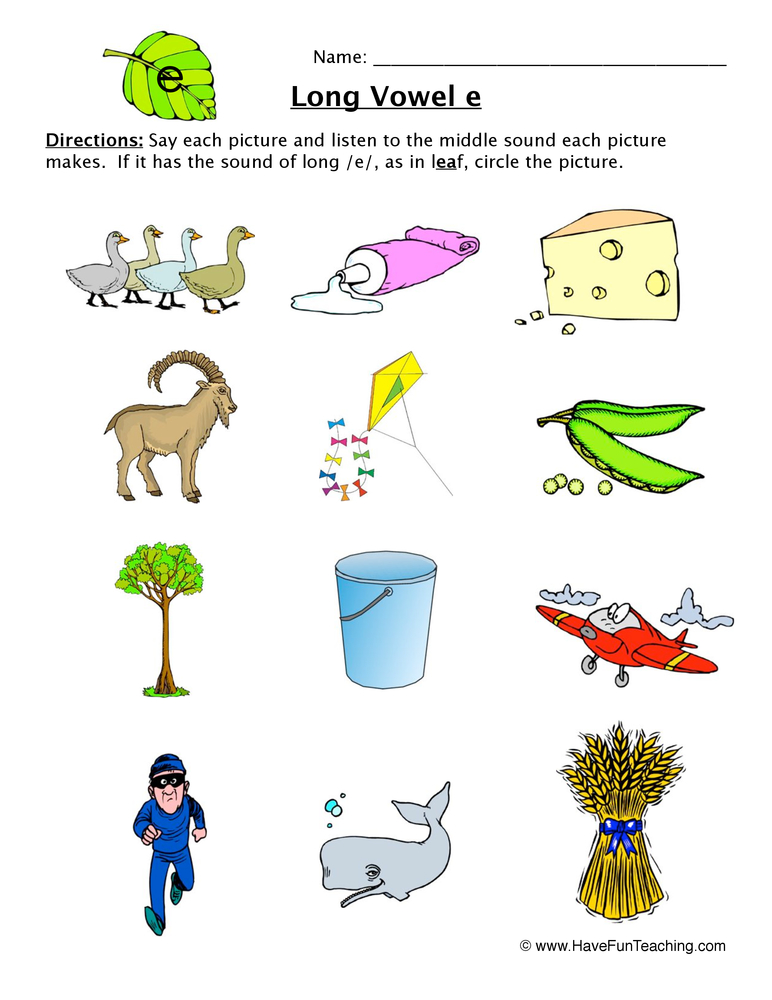Teaching reading to students
Teaching Reading: Strategies & Methods
Various studies show that promoting reading can have a major impact on children and their future. In this article, we’ll look at strategies and methods to support the teaching of reading and comprehension in early elementary school and beyond.
There’s more than one way to teach children to read. So, it’s important to have a range of different strategies and methods to encourage learning in different students.
Teaching reading: strategies & methods
- Read aloud to students
- Provide opportunities for students to read, write and talk about texts
- Read texts repeatedly to support fluency
- Teach children the tools to figure out words they don’t know
- Provide time for studying spoken language, including vocabulary and spelling
- Use prior knowledge to make connections
- Predict
- Visualize
- Summarize
- Teach critical thinking skills
The early years: strategies for teaching reading
Literacy teaching and learning are core responsibilities of teachers and schools. Yet teaching reading and writing is a complex and highly skilled professional activity. Many young learners start school with little knowledge about how to read and write. Teachers are tasked with helping children to bridge the significant gap between linking their written and spoken language. Learning to read is critical, with research showing that reading for pleasure can:
- Promote improved health and wellbeing
- Help build social connections and relationships
- Increase the chances of social mobility.
Literacy development is an evolving and non-linear process that encompasses foundational skills (phonemic awareness), word recognition, reading fluency, vocabulary, and reading comprehension (Simms & Marzano, 2018).
For a student’s ultimate success, teachers must:
- Understand how students learn these skills, and
- Implement best practices when teaching these skills.
Learning to read should include exposure to a wide variety of exciting books from different genres. Students should also experience reading through different mediums, such as interactive apps and web content.
Students should also experience reading through different mediums, such as interactive apps and web content.
Here are 10 strategies you can use to support your students in developing their reading skills and boosting comprehension.
1. Read aloud to students
Read-aloud regularly in the classroom and encourage parents to do the same at home. Reading aloud has many benefits for students, including improving comprehension, building listening skills, and broadening their vocabulary development.
2. Provide opportunities for students to read, write, and talk about texts
Regularly giving students time to read, write, and talk about texts can enhance their skill development across multiple areas. For instance, reading more helps you become a better writer. By talking about texts and hearing the perspectives of classmates, young children also have the opportunity to deepen their comprehension. Encourage parents to further engage young readers by asking them to help their child attack difficult words and ask questions about the text that will promote discussions.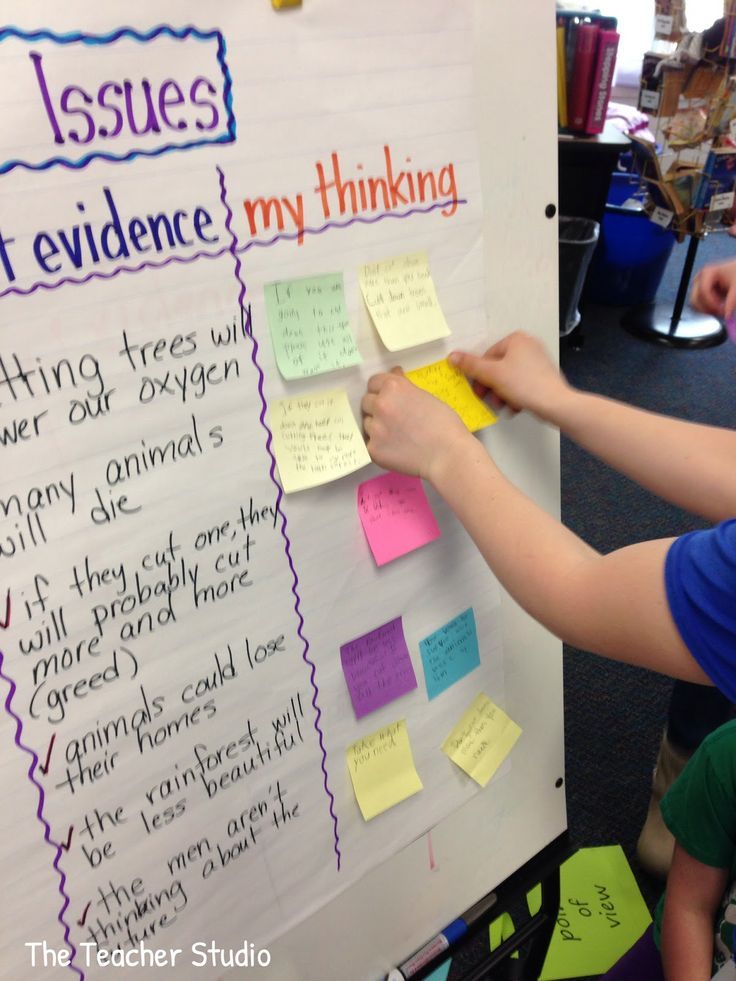
3. Read texts repeatedly to support fluency
Allow students to read the same texts multiple times. By doing this, they not only build fluency but also build confidence. The more confident they become in their reading skills, the more likely they will enjoy reading.
4. Teach children the tools to figure out words they don’t know
Teaching students to read for the ultimate goal of producing independent readers begins by explicitly teaching the code we use to decode words. That starts with teaching phonemic awareness.
Here are some other strategies that support phonics instruction:
- For beginning readers, target words that are decodable. These are regular spellings with regular sounds. (Ex. such – /s/ /u/ /ch/ not gone)
- Sound out each phoneme and blend as you go by going back to the first sound everytime a sound is added. Hold the sound (sing) then add the next sound. Ex. /g/, /r/, gr—, /ow/, grow.
Note: Students may want to look at pictures for context, but this does not help them decode words.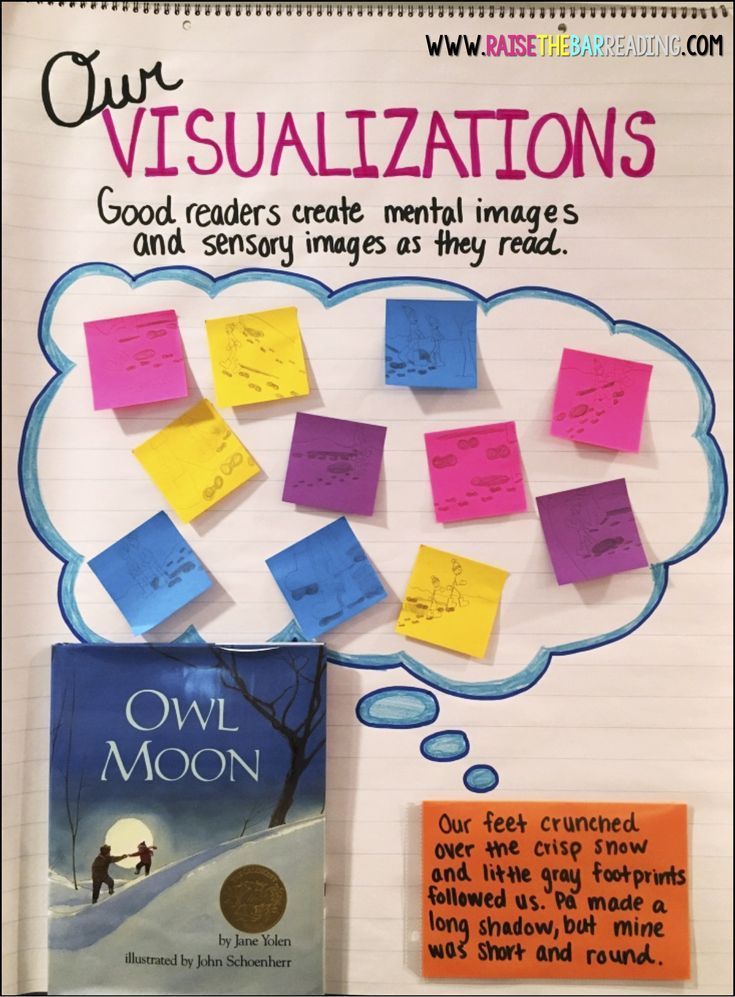 As we encourage students to read more difficult texts, they won’t have pictures to rely on, so encourage them not to use the pictures to decode difficult words.
As we encourage students to read more difficult texts, they won’t have pictures to rely on, so encourage them not to use the pictures to decode difficult words.
This might involve combining strategies, such as:
- Sounding out a word using phonics knowledge
- Looking at the pictures
- Skipping the word and coming back to it after reading the rest of the sentence
- Thinking about what would make sense.
As an elementary teacher, you can support the families of your young students by sharing phonics resources. By providing parents with practical resources, you are setting them up for a productive and positive reading experience with their child.
5. Provide time for studying spoken language, including vocabulary and spelling
A comprehensive approach to teaching reading also includes providing time to develop complementary skills, such as:
- Spoken language, including through conversation or oral presentations
- Vocabulary, such as building class lists while reading texts
- Spelling
- Grammar, such as through bite-sized video content like the Grammar Miniclips series.
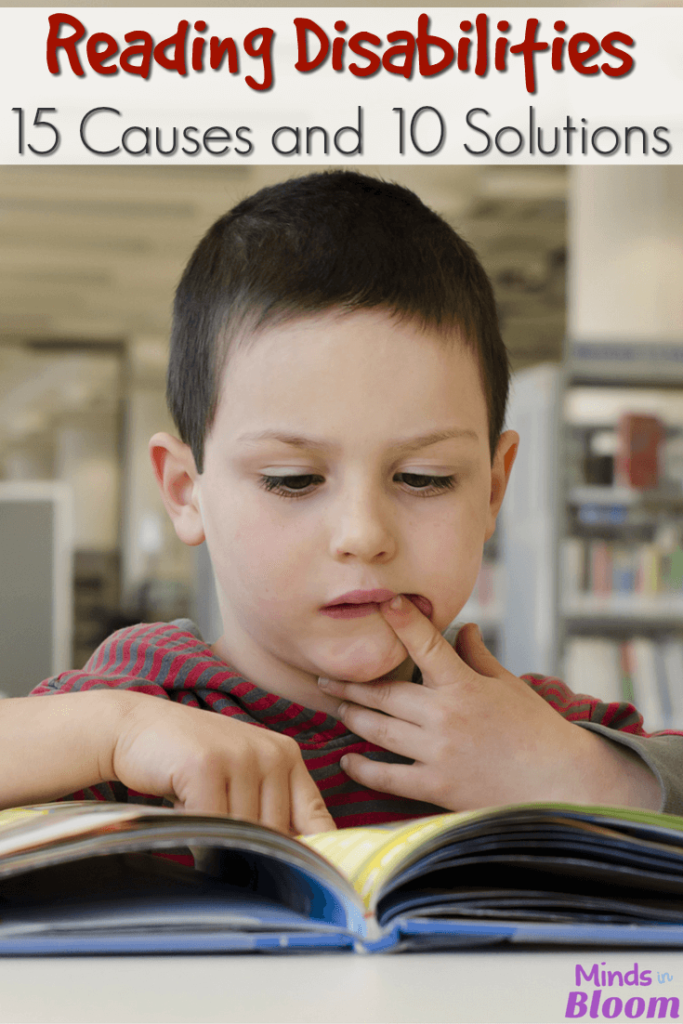
6. Use prior knowledge to make connections
Each student brings unique prior knowledge to their reading education. This knowledge is the sum of all experiences they bring to the reading or viewing of a text. This could include personal experiences, cultural or religious experiences and concept knowledge. Prior knowledge helps young readers infer meaning from text, a skill recognized as a predictor of reading comprehension at various developmental stages and one of the drivers of sophisticated reading ability. An early reader can activate prior knowledge and make connections at each stage.
- Before reading, they could ask ‘What do I already know about this topic?’
- During reading, they could reflect ‘This part of the text is just like…’
- After reading, they could offer ‘I know more about this topic now.’
7. Predict
Prediction is about anticipation and working out the actions and ideas coming next. An early reader can use prediction at each stage of reading.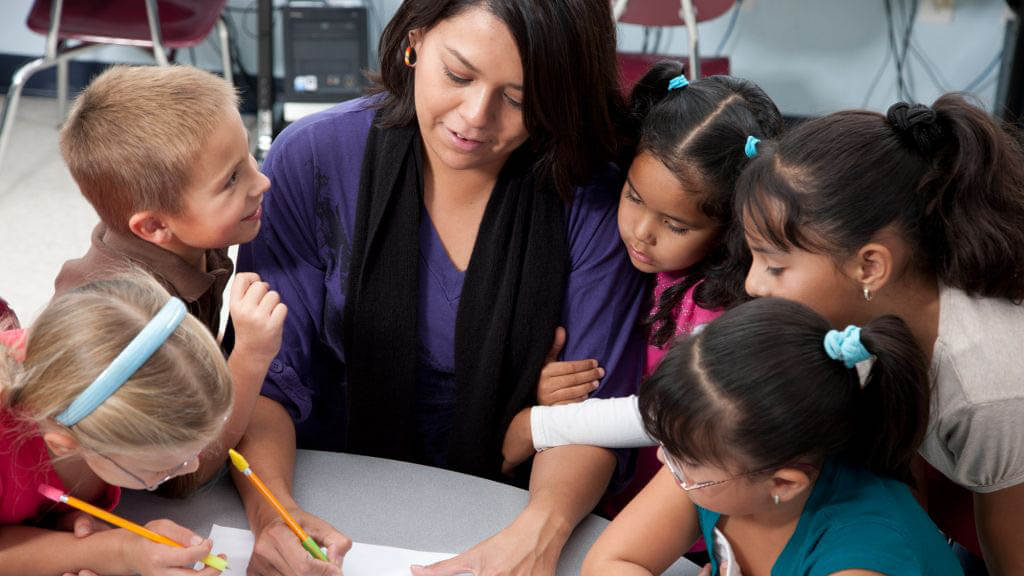
- Before reading, they could suggest ‘From the cover, I think this book will be about…’
- During reading, they could predict which word comes next in a sentence.
- After reading, they could comment on whether their predictions were correct.
8. Visualize
Visualizing combines using your senses and activating prior knowledge to create a mental picture. Ask students to create a “mind movie.” Young readers, especially with a teacher or parent prompting, can draw on their senses to imagine smells, sounds, tastes, and images that go with the story they are reading – like a show or movie in their mind.
9. Summarize
Teaching students to recall the main points or ideas of a story is not easy. First, they need to be able to put the story in order, then put it in their own words before they can articulate a ‘summing up’ of the author’s main ideas. To start to learn to summarize, young students can practice:
- Selecting the key words from a paragraph
- Locating the topic sentence (often found at the start or end of a paragraph)
- Responding to general questions about a story
- Talking through the story in their own words
10.
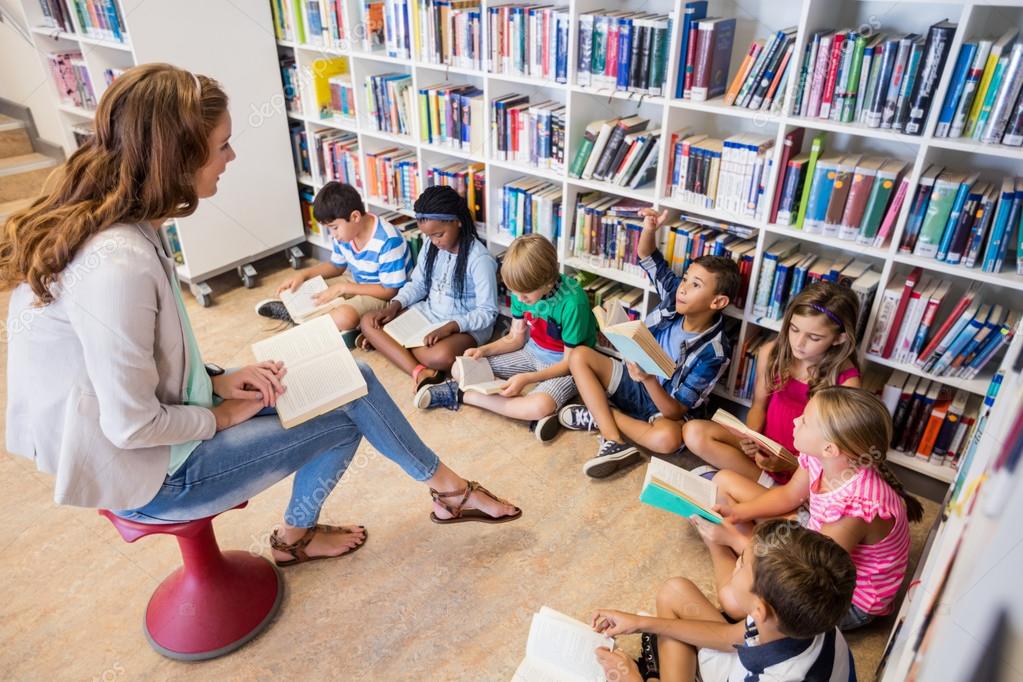 Teach critical thinking skills
Teach critical thinking skillsCritical thinking gets readers to think about why an author creates a text in a particular way (author’s purpose). You can encourage young readers to ask some of the following questions to get them thinking critically about what they are reading:
- Why did the author write this story?
- What did the author leave out of the story?
- How do I feel about this story?
Reading comprehension strategies
Opportunities for teaching reading comprehension occur at all levels throughout the curriculum. Good comprehension draws from both linguistic knowledge and knowledge of the world we live in. Students develop skills in comprehension though high-quality discussion with teachers, and from regularly reading and discussing a range of texts across genres. Therefore, the reading strategies discussed earlier in the article should be practiced, consolidated and expanded on as a student progresses through school.
Growing readers must learn to read on the lines, between the lines, and beyond the lines. Reading will involve literal, interpretive, and inferential comprehension as it deepens in complexity. As students get more advanced, they’ll learn concepts such as transferring knowledge to new contexts and understanding an author’s viewpoint, purpose, and intended audience. And when they acquire those skills, they’ll be able to critically analyze messages and information in a range of literacy modes for various purposes.
Reading will involve literal, interpretive, and inferential comprehension as it deepens in complexity. As students get more advanced, they’ll learn concepts such as transferring knowledge to new contexts and understanding an author’s viewpoint, purpose, and intended audience. And when they acquire those skills, they’ll be able to critically analyze messages and information in a range of literacy modes for various purposes.
Recommendations for teachers to support the progression of reading comprehension:
- Make sure your students spend significant amounts of time reading engaging texts.
- Select texts for students which support authentic learning. These could include topic-based or interest-based texts.
- Give students access to a range of texts in various genres (multimodal, print-based, images, animations, graphic representations, video, audio, diagrams/charts, newspapers/magazines, fiction, non-fiction).
- Identify and discuss vocabulary from rich texts with your students.

- Give your students time to talk to each other about the texts they have read and listened to.
- Give students time to write and reflect on their reading.
Bring English language arts classes to life for your students
ClickView offers a huge range of educational videos for use in your ELA classes for elementary, middle and high school students. We regularly produce high-quality, curriculum-aligned videos and add these to the collection.
Browse English Language Arts Resources
Teaching children to read isn’t easy. How do kids actually learn to read?
A student in a Mississippi elementary school reads a book in class. Research shows young children need explicit, systematic phonics instruction to learn how to read fluently. Credit: Terrell Clark for The Hechinger ReportTeaching kids to read isn’t easy; educators often feel strongly about what they think is the “right” way to teach this essential skill. Though teachers’ approaches may differ, the research is pretty clear on how best to help kids learn to read.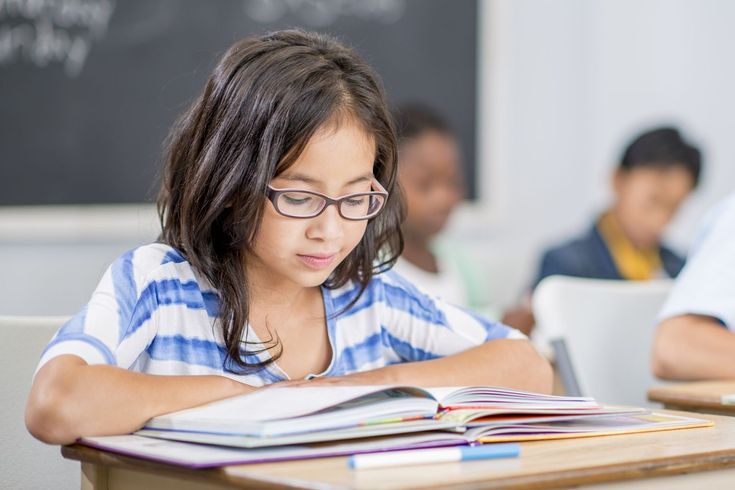 Here’s what parents should look for in their children’s classroom.
Here’s what parents should look for in their children’s classroom.
How do kids actually learn how to read?
Research shows kids learn to read when they are able to identify letters or combinations of letters and connect those letters to sounds. There’s more to it, of course, like attaching meaning to words and phrases, but phonemic awareness (understanding sounds in spoken words) and an understanding of phonics (knowing that letters in print correspond to sounds) are the most basic first steps to becoming a reader.
If children can’t master phonics, they are more likely to struggle to read. That’s why researchers say explicit, systematic instruction in phonics is important: Teachers must lead students step by step through a specific sequence of letters and sounds. Kids who learn how to decode words can then apply that skill to more challenging words and ultimately read with fluency. Some kids may not need much help with phonics, especially as they get older, but experts say phonics instruction can be essential for young children and struggling readers “We don’t know how much phonics each kid needs,” said Anders Rasmussen, principal of Wood Road Elementary School in Ballston Spa, New York, who recently led the transformation of his schools’ reading program to a research-based, structured approach.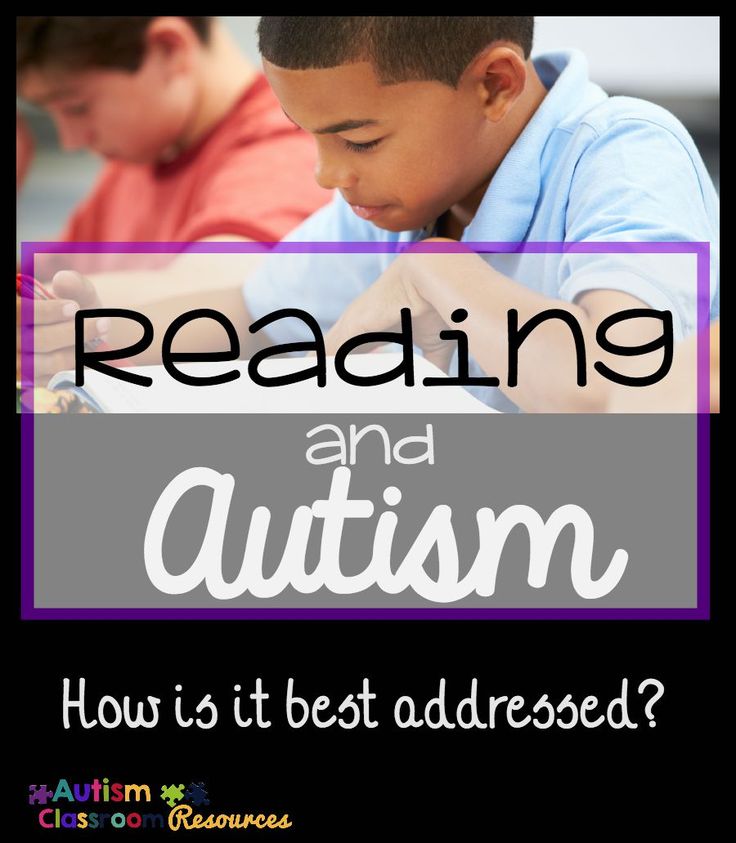 “But we know no kid is hurt by getting too much of it.”
“But we know no kid is hurt by getting too much of it.”
How should your child’s school teach reading?
Timothy Shanahan, a professor emeritus at the University of Illinois at Chicago and an expert on reading instruction, said phonics are important in kindergarten through second grade and phonemic awareness should be explicitly taught in kindergarten and first grade. This view has been underscored by experts in recent years as the debate over reading instruction has intensified. But teaching kids how to read should include more than phonics, said Shanahan. They should also be exposed to oral reading, reading comprehension and writing.
The wars over how to teach reading are back. Here’s the four things you need to know.
Wiley Blevins, an author and expert on phonics, said a good test parents can use to determine whether a child is receiving research-based reading instruction is to ask their child’s teacher how reading is taught.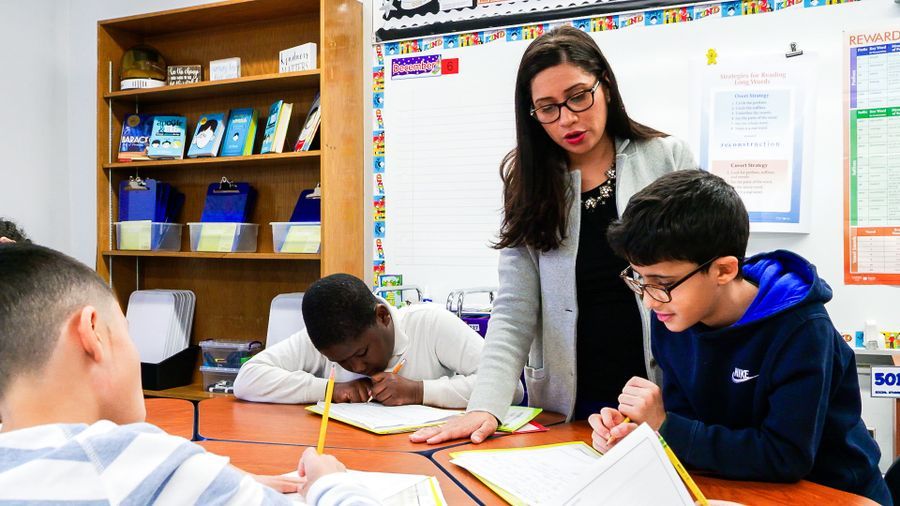 “They should be able to tell you something more than ‘by reading lots of books’ and ‘developing a love of reading.’ ” Blevins said. Along with time dedicated to teaching phonics, Blevins said children should participate in read-alouds with their teacher to build vocabulary and content knowledge. “These read-alouds must involve interactive conversations to engage students in thinking about the content and using the vocabulary,” he said. “Too often, when time is limited, the daily read-alouds are the first thing left out of the reading time. We undervalue its impact on reading growth and must change that.”
“They should be able to tell you something more than ‘by reading lots of books’ and ‘developing a love of reading.’ ” Blevins said. Along with time dedicated to teaching phonics, Blevins said children should participate in read-alouds with their teacher to build vocabulary and content knowledge. “These read-alouds must involve interactive conversations to engage students in thinking about the content and using the vocabulary,” he said. “Too often, when time is limited, the daily read-alouds are the first thing left out of the reading time. We undervalue its impact on reading growth and must change that.”
Rasmussen’s school uses a structured approach: Children receive lessons in phonemic awareness, phonics, pre-writing and writing, vocabulary and repeated readings. Research shows this type of “systematic and intensive” approach in several aspects of literacy can turn children who struggle to read into average or above-average readers.
What should schools avoid when teaching reading?
Educators and experts say kids should be encouraged to sound out words, instead of guessing. “We really want to make sure that no kid is guessing,” Rasmussen said. “You really want … your own kid sounding out words and blending words from the earliest level on.” That means children are not told to guess an unfamiliar word by looking at a picture in the book, for example. As children encounter more challenging texts in later grades, avoiding reliance on visual cues also supports fluent reading. “When they get to ninth grade and they have to read “Of Mice and Men,” there are no picture cues,” Rasmussen said.
“We really want to make sure that no kid is guessing,” Rasmussen said. “You really want … your own kid sounding out words and blending words from the earliest level on.” That means children are not told to guess an unfamiliar word by looking at a picture in the book, for example. As children encounter more challenging texts in later grades, avoiding reliance on visual cues also supports fluent reading. “When they get to ninth grade and they have to read “Of Mice and Men,” there are no picture cues,” Rasmussen said.
Related: Teacher Voice: We need phonics, along with other supports, for reading
Blevins and Shanahan caution against organizing books by different reading levels and keeping students at one level until they read with enough fluency to move up to the next level. Although many people may think keeping students at one level will help prevent them from getting frustrated and discouraged by difficult texts, research shows that students actually learn more when they are challenged by reading materials.
Blevins said reliance on “leveled books” can contribute to “a bad habit in readers.” Because students can’t sound out many of the words, they rely on memorizing repeated words and sentence patterns, or on using picture clues to guess words. Rasmussen said making kids stick with one reading level — and, especially, consistently giving some kids texts that are below grade level, rather than giving them supports to bring them to grade level — can also lead to larger gaps in reading ability.
How do I know if a reading curriculum is effective?
Some reading curricula cover more aspects of literacy than others. While almost all programs have some research-based components, the structure of a program can make a big difference, said Rasmussen. Watching children read is the best way to tell if they are receiving proper instruction — explicit, systematic instruction in phonics to establish a foundation for reading, coupled with the use of grade-level texts, offered to all kids.
Parents who are curious about what’s included in the curriculum in their child’s classroom can find sources online, like a chart included in an article by Readingrockets.org which summarizes the various aspects of literacy, including phonics, writing and comprehension strategies, in some of the most popular reading curricula.
Blevins also suggested some questions parents can ask their child’s teacher:
- What is your phonics scope and sequence?
“If research-based, the curriculum must have a clearly defined phonics scope and sequence that serves as the spine of the instruction.” Blevins said.
- Do you have decodable readers (short books with words composed of the letters and sounds students are learning) to practice phonics?
“If no decodable or phonics readers are used, students are unlikely to get the amount of practice and application to get to mastery so they can then transfer these skills to all reading and writing experiences,” Blevins said. “If teachers say they are using leveled books, ask how many words can students sound out based on the phonics skills (teachers) have taught … Can these words be fully sounded out based on the phonics skills you taught or are children only using pieces of the word? They should be fully sounding out the words — not using just the first or first and last letters and guessing at the rest.”
“If teachers say they are using leveled books, ask how many words can students sound out based on the phonics skills (teachers) have taught … Can these words be fully sounded out based on the phonics skills you taught or are children only using pieces of the word? They should be fully sounding out the words — not using just the first or first and last letters and guessing at the rest.”
- What are you doing to build students’ vocabulary and background knowledge? How frequent is this instruction? How much time is spent each day doing this?
“It should be a lot,” Blevins said, “and much of it happens during read-alouds, especially informational texts, and science and social studies lessons.”
- Is the research used to support your reading curriculum just about the actual materials, or does it draw from a larger body of research on how children learn to read? How does it connect to the science of reading?
Teachers should be able to answer these questions, said Blevins.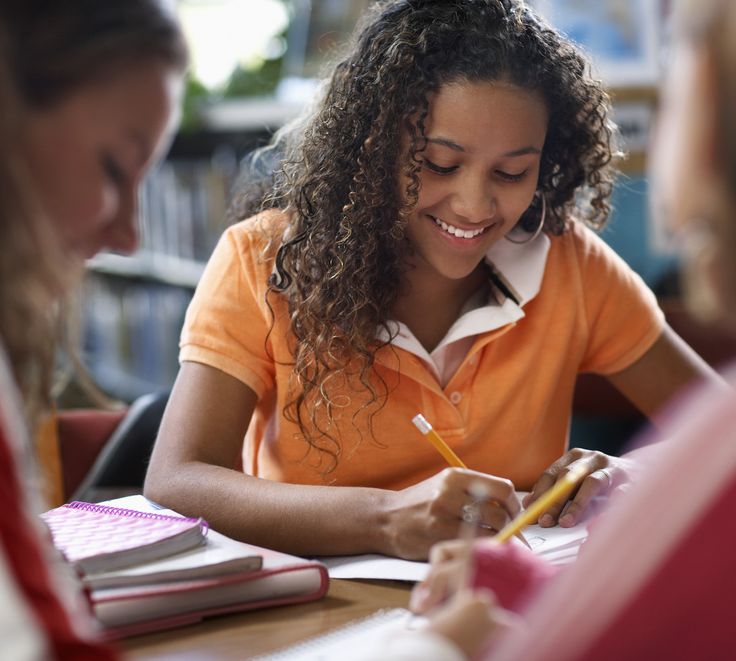
What should I do if my child isn’t progressing in reading?
When a child isn’t progressing, Blevins said, the key is to find out why. “Is it a learning challenge or is your child a curriculum casualty? This is a tough one.” Blevins suggested that parents of kindergarteners and first graders ask their child’s school to test the child’s phonemic awareness, phonics and fluency.
Parents of older children should ask for a test of vocabulary. “These tests will locate some underlying issues as to why your child is struggling reading and understanding what they read,” Blevins said. “Once underlying issues are found, they can be systematically addressed.”
“We don’t know how much phonics each kid needs. But we know no kid is hurt by getting too much of it.”
Anders Rasmussen, principal of Wood Road Elementary School in Ballston Spa, New York
Rasmussen recommended parents work with their school if they are concerned about their children’s progress. By sitting and reading with their children, parents can see the kind of literacy instruction the kids are receiving. If children are trying to guess based on pictures, parents can talk to teachers about increasing phonics instruction.
By sitting and reading with their children, parents can see the kind of literacy instruction the kids are receiving. If children are trying to guess based on pictures, parents can talk to teachers about increasing phonics instruction.
“Teachers aren’t there doing necessarily bad things or disadvantaging kids purposefully or willfully,” Rasmussen said. “You have many great reading teachers using some effective strategies and some ineffective strategies.”
What can parents do at home to help their children learn to read?
Parents want to help their kids learn how to read but don’t want to push them to the point where they hate reading. “Parents at home can fall into the trap of thinking this is about drilling their kid,” said Cindy Jiban, a former educator and current principal academic lead at NWEA, a research-based non-profit focused on assessments and professional learning opportunities. “This is unfortunate,” Jiban said. “It sets up a parent-child interaction that makes it, ‘Ugh, there’s this thing that’s not fun.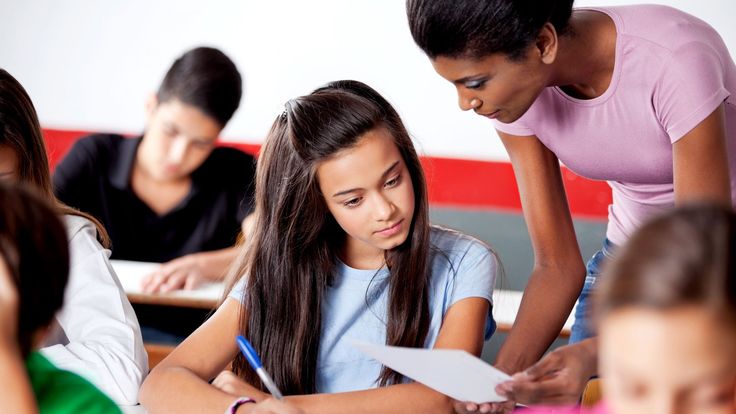 ’” Instead, Jiban advises making decoding playful. Here are some ideas:
’” Instead, Jiban advises making decoding playful. Here are some ideas:
- Challenge kids to find everything in the house that starts with a specific sound.
- Stretch out one word in a sentence. Ask your child to “pass the salt” but say the individual sounds in the word “salt” instead of the word itself.
- Ask your child to figure out what every family member’s name would be if it started with a “b” sound.
- Sing that annoying “Banana fana fo fanna song.” Jiban said that kind of playful activity can actually help a kid think about the sounds that correspond with letters even if they’re not looking at a letter right in front of them.
- Read your child’s favorite book over and over again. For books that children know well, Jiban suggests that children use their finger to follow along as each word is read. Parents can do the same, or come up with another strategy to help kids follow which words they’re reading on a page.
Giving a child diverse experiences that seem to have nothing to do with reading can also help a child’s reading ability. By having a variety of experiences, Rasmussen said, children will be able to apply their own knowledge to better comprehend texts about various topics.
By having a variety of experiences, Rasmussen said, children will be able to apply their own knowledge to better comprehend texts about various topics.
This story about teaching children to read was produced by The Hechinger Report, a nonprofit, independent news organization focused on inequality and innovation in education. Sign up for Hechinger’s newsletter.
The Hechinger Report provides in-depth, fact-based, unbiased reporting on education that is free to all readers. But that doesn't mean it's free to produce. Our work keeps educators and the public informed about pressing issues at schools and on campuses throughout the country. We tell the whole story, even when the details are inconvenient. Help us keep doing that.
Join us today.
How to teach reading, or a brief overview of methods of teaching reading
How to teach a child to read? How to make this process fun and interesting? What is the best age to start learning to read? These and many other similar questions concern modern parents.
I am glad that the question “How to get a child to read?” is a thing of the past.
Modern society is inclined to ensure that any "learning" becomes voluntary, the task of the teacher and parent is to motivate for some new action, to make the learning process such that the child himself wants to learn.
Teaching reading is an important topic for parents of preschool children. So how do you make this process fun and literate?
Many parents begin to teach reading “on a whim”, which sometimes leads to sad results: either the child loses the desire to learn to read, or when entering grade 1, a small student has problems in mastering some topics related to spelling and pronunciation of words. Sometimes the two problems go hand in hand.
You might be interested in the online conference “Reading. Motivation. Children”
So, in order to avoid mistakes, here are some of the most common methods of teaching reading.
It is worth considering that when writing an article I rely on a purely personal perception of methods and on personal experience as a primary school teacher.
Many are familiar from the school curriculum.
Based on phonetics - teaching the pronunciation of letters and sounds. This is a sound, or otherwise, phonetic method that develops a child's phonemic hearing, allows you to hear and highlight sounds in words. This technique does not require a lot of expensive teaching didactic material in the form of cards, diagrams, notebooks.
There are plenty of games and exercises to help your child learn to isolate sounds from speech while playing on the go.
The basis of the traditional way of teaching reading is, first of all, acquaintance with sound, learning to distinguish it at the beginning, middle, end of a word, and only then acquaintance with its lettering in writing.
Parents often make a common mistake: they buy bright cubes that speak alphabets, manuals, where a certain image is assigned to a specific letter (A-Watermelon, H-Teapot, etc. ) The child remembers the image-letter, but it is difficult for him to read the word , because it is necessary to carry out analytical work, which is still beyond the strength of a preschooler.
) The child remembers the image-letter, but it is difficult for him to read the word , because it is necessary to carry out analytical work, which is still beyond the strength of a preschooler.
It's good when parents comment on learning and teach a child to single out individual sounds in words, they conduct a syllable-sound analysis of words. Let's summarize: the sound method of teaching reading begins with an acquaintance with the sound, proceeds to the image of this sound in writing, and as a fixation, the correct correlation of sounds and letters. Teaching involves learning to read on the basis of warehouses. A warehouse is a pair of a consonant and a vowel, or a consonant and a hard or soft sign. Or one letter. With the help of this technique, reading and the logic of building words are quickly assimilated, there are many fun and outdoor games, there is no binding to a specific age The only negative that can “emerge” in elementary school is that it is difficult to study the composition of a word later on. are not learned, their style is remembered in the game. All cubes differ in size, color and sound that they make so that the child in the learning process can feel the difference between a consonant and a vowel, hard and deaf, voiced and soft. So, a wonderful technique for teaching reading to individuals or in small groups. And, it is worth noting, a parent who has decided to deal with a child using this method should still understand well that learning should take place through a game, and not through the usual connection of cubes. It is clear that at home it is difficult to do, as it requires certain financial costs and laborious work on the production of didactic material, but for those who wish to send their child to Montessori groups, a few words about teaching reading according to this program This is probably the only method in which the material is distributed for kinesthetics, auditory and visual learners separately, since the principle of learning is based on the "two-hemispheric" work of the brain. The associative method of memorizing both individual letters and rules, exercises is used - everything is learned jokingly, playing. For example, at the initial stage, a letter can be laid out from buttons, molded - an excellent job for kinesthetics; with a letter, you can make a small couplet - why not a memory for audials? Н and in my opinion, this system of education is perfect for creative children and parents, teachers, but it will be meaningless for those who prefer a strict structure, logic. It is based on the traditional method, but added with original features. Of course, these are not all methods of teaching reading, one could also mention the system of Doman and Sergey Polyakov, do not forget the method of Pavel Tyulenev, however, all the principles of teaching come down to single rules, which, let me combine into the following code: You might be interested in the webinar “Functional reading in working with foreign and bilingual children” Lastly, the interest of the trainee himself to the basic rules of a particular technique should be taken into account. term paper Both forms of reading are based on speech movements. When reading aloud, an outwardly expressed form of reading, they are fully manifested. When reading silently, speech movements are folded and function only to a rudimentary degree. There is such a relationship: the better the speech movements are expressed and worked out when reading aloud, the more likely they are to be “removed” when reading to oneself. Special efforts are made in courses for teaching accelerated reading to oneself in one's native language to completely free the reader from speech movements, since it has been found that they slow down the progress of reading. When teaching reading to yourself in a foreign language in school conditions, no emphasis is placed on reading speed. Therefore, learning to read aloud and the development of speech movements associated with it is not perceived as a hindrance, but rather as an aid that ensures the clarity and correct perception of graphics, which, in turn, stimulates the quality of understanding. Introduction to silent reading begins already at the initial stage, being a subordinate form of reading aloud. Sometimes it is used as a certain stage of learning to read aloud, when the processes of perception and understanding have not yet become simultaneous; students run through the text with their eyes, grasping its general content, looking for adequate intonation (reading aloud mode II). Then reading to oneself begins to “break through” as an independent activity, first in a small volume, and then expanding from class to class. At the same time, it should be emphasized, and the experience of the best teachers confirms that reading is a type of speech activity, in connection with which quite tangible results can be achieved in secondary school, i.e., a level can be reached that will stimulate further reading , creating a persistent need for it, because the more a student reads, the more willingly and better he reads. In this case, his love for reading, acquired in his native language, will spread to a foreign one. In order to introduce students to reading in a foreign language, it is necessary, firstly, to stimulate the motivation of reading, and secondly, to ensure the success of its flow with the help of appropriate assignments for exercises. These moments are interconnected and interdependent. For the development of reading motivation, the quality of texts plays an exceptional role. Their practical, general educational, educational value can be manifested only if they impress students. Many methodologists believe that the text acquires meaning for the student when he can establish a certain relationship between his life experience and the content of this text. Students do not accept the straightforward and superficial didacticism of texts. Michael West believed that an interesting text is the main prerequisite for students to turn to reading in a foreign language. In his famous study series, he included the most fascinating works of world literature. Methodist researchers have noticed that students cope better with more difficult but engaging texts than with easy but meaningless ones. Exercises used in teaching reading Mastering the technology of reading is carried out as a result of performing pre-text, text and post-text tasks. Pre-text tasks are aimed at modeling background knowledge necessary and sufficient for the reception of a particular text, at eliminating the semantic and linguistic difficulties of understanding it and at the same time at developing reading skills and abilities, developing an “understanding strategy”. They take into account the lexical-grammatical, structural-semantic, linguo-stylistic and linguo-cultural features of the text to be read. In text tasks, students are offered communicative settings, which contain instructions on the type of reading, speed and the need to solve certain cognitive-communicative tasks in the process of reading. Preliminary questions must meet a number of requirements: - they are built on the basis of actively learned vocabulary and grammatical structures that are not used in the text in this form; - the answer to the preliminary question should reflect the main content of the relevant part of the text and should not be reduced to any one sentence from the text; - questions taken together should represent an adapted interpretation of the text. In addition, students perform a number of exercises with the text, providing a specific type of reading skills and abilities. Post-text tasks are designed to test reading comprehension, to control the degree of formation of reading skills and the possible use of the information received in future professional activities. The tasks for the texts about oneself also reflect their linguistic complexity. When teaching reading, students are presented with texts, both with removed and with unresolved difficulties, while the main thing is the solution of semantic problems. Tasks that fix attention on linguistic material and remove linguistic difficulties play a role, means and are of a subordinate nature. Below are the assignments for the texts. I. Tasks related to the control of text comprehension. -- Read the text and match the items in the picture. -- Read the text. Choose from the pictures given here the one that matches the content of the text; call its number (hold up the signal card with the corresponding number). -- Read the text and sentences below the line. Use the signal card to indicate the number of the sentence that does not correspond to the content of the text. -- Read the text and sentences below the line. On a sheet of paper with sentence numbers, put a + sign if the sentence matches the content of the text, and a -- sign if it does not. -- Read the sentences and put a + sign on the sheet next to the sentence number if what you are reading is true and you can attribute it to yourself. If not, put a sign. -- Read the text and number the pictures according to the sequence of the unfolding content. Adjacent to these are the so-called "step-by-step" exercises, the tasks of which suggest specific actions: -- Read the text and draw ... (or option: select a picture that matches the content). -- Read the text and solve the arithmetic problems contained in it. -- Read the instruction text and make this Christmas decoration yourself. Currently, more often when teaching reading, test tasks are used in which symbols are used, that is, numbers and letters to demonstrate understanding. Most often, multiple choice tests and matching tests are used in connection with reading. II. Tasks that involve quoting from the text. Accurate citation is a convincing proof of understanding without the use of productive forms of work; quoting, the reader uses the ready-made material of the text, choosing it in accordance with the semantic task. When quoting, silent reading is combined with reading aloud (and sometimes writing). Citation exercises occupy a large place in the work on reading. Sometimes quoting serves only as a means of revealing how carefully the text has been read. In this case, the task is aimed at finding in the text a sentence suggested by the Russian equivalent. For example: "Find sentences in the text that correspond to the following Russian sentences." Quotations can be given to confirm / refute the phenomena of an actual nature and to solve problematic issues. III. Tasks related to question-answer exercises. They occupy a large place among the exercises that stimulate and control the understanding of the text. For example, in a question to the text: “Why did tourists go to Erfurt?” - specific facts are suggested: the characters (tourists), where they went (Erfurt), in addition, the question also says that the text states the purpose of the tourists' trip. Thus, the question reduces the degree of uncertainty, it tightly controls the attention of the reader. There are many types of questions designed to elicit understanding. Questions to the text are possible, suggesting a quote in the answer, that is, ready-made material. In this regard, the tasks are quite typical: "Read the text and find answers to the questions in it." Performing a task of this kind can reliably show understanding. Possible questions that introduce a riddle text. The answer to a question is usually laconic: just a guess, behind which, however, is an attentive and interested reading, taking into account all the details. -- Determine from which fairy tale this passage is taken. -- Find out why the text is called that. -- Read and say who this article is about. There are questions that require a free answer, although arising from the content of the text, but not available in the text itself. Such a question mobilizes productive forms of work. This is most often a question that reveals a cause-and-effect relationship: “For what purpose? Why? On what basis? These can be subtext questions like: “What did the owners of the Donkey, the Dog, the Cat and the Rooster from the fairy tale “The Bremen Town Musicians” have in common?”, “What did the Donkey, the Dog, the Cat and the Rooster have in common?”. Or in connection with another text: why are the words "buy", "sell", "seller", "buyer", "cashier" in quotation marks in this text? (suggested answer: “This is not about a real store, but about playing shop”), etc. When answering a question that requires a free answer, it is possible to answer in their native language, since the main thing is to give students the opportunity to prove their understanding of what they have read, and not to show the ability to formulate an answer in a foreign language. Much also depends on the place of the question: whether it is placed before the text and after it. The question posed before reading the text directs the reader's attention, it reveals the theme of the story, thereby reducing the measure of uncertainty. The post-text question contributes to the processing of specific information, helps to identify the main and essential details. Questions to the text predetermine the type of reading. So, the question of the general idea of the text: “What is it about? What is the main idea? or: “Answer the question posed in the title” - focuses on viewing reading of the text. A series of semantic questions to the main content determines the introductory nature of reading. Questions to the factual side of the text and to the subtext, as well as to the details, suggest studying reading. Conclusion In this work, we have made an attempt to analyze the theoretical foundations of methods of teaching reading at the initial stage of learning a foreign language at school, namely, various types of reading; the function that reading performs and ways of learning to read. It can be emphasized from the study that at the initial stage, reading aloud predominates, but it is a means of learning to read silently. Introduction to reading to oneself begins already at the initial stage, being a subordinate form of reading aloud. Also, at the initial stage, introductory reading is used most of all types of reading. This course work helped me in my middle school internship. I tried using these techniques to correctly form reading skills in children at the initial stage of education, and I succeeded. Literature 1. Methods of teaching foreign languages in secondary school / Ed. G.V. Rogova, F.M. Rabinovich, T.E. Sakharov. - M.: Enlightenment, 1991.
Sometimes I hear the opinion that this technique is boring, requires rote memorization, and evokes boredom. Ready to argue.
There are a lot of tricks when boring reading columns of syllables "pro, pra, pru" turns into an exciting game: 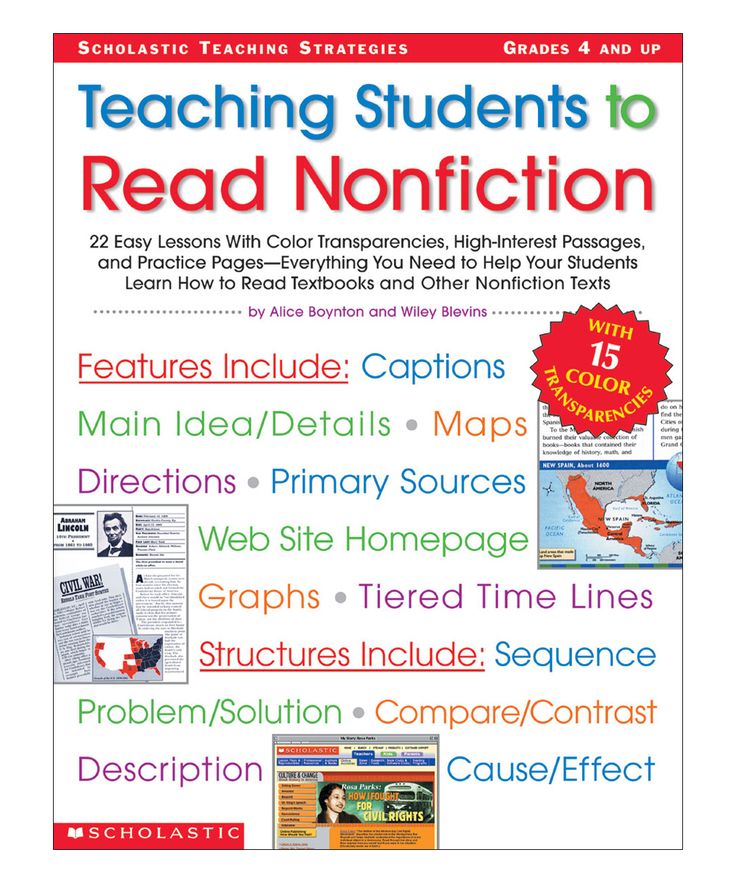
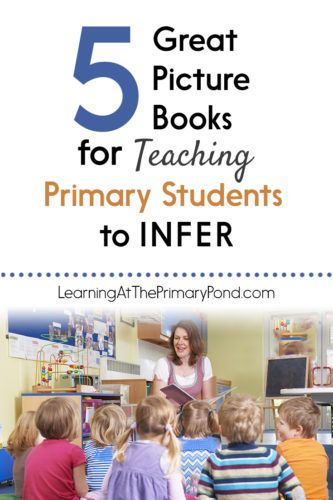
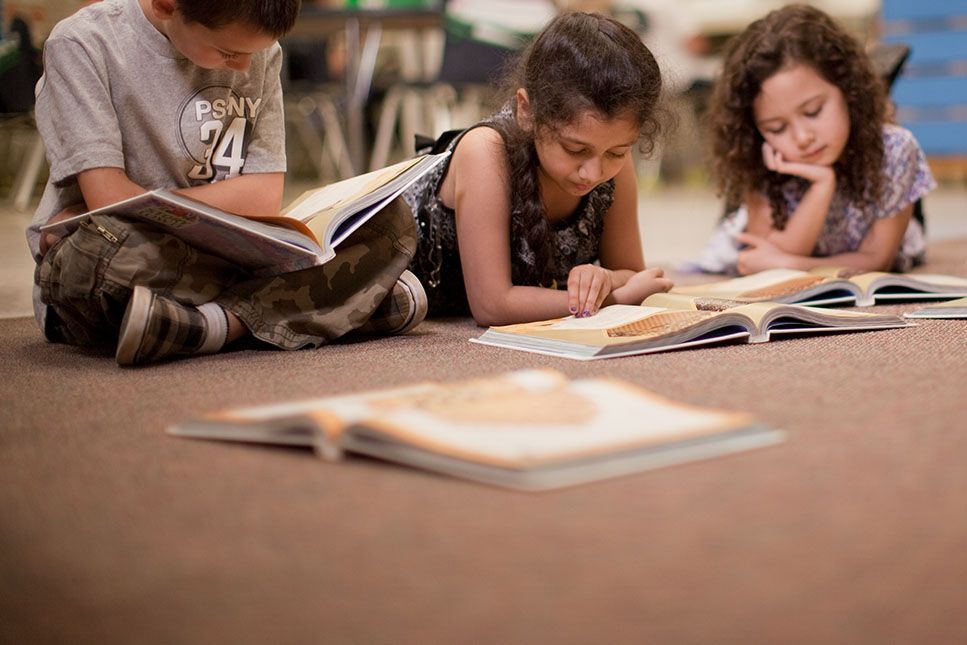
As in most methods, this one is based on the game.
Due to the associative series, vocabulary is expanding, imagination and logic are developing.
And what about turning a letter into a fantastic image - this visual technique will surely appreciate it.
Many teaching methods in teaching reading in the classroom, of course, many teachers impose on the traditional methodology to develop cognitive interest. 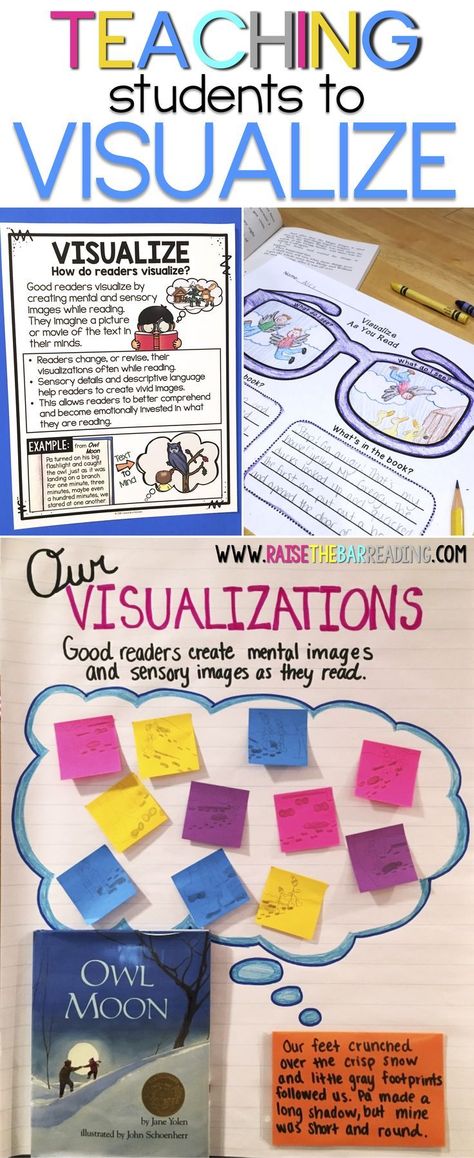 For this system, only a textbook developed by a teacher is needed, which makes the learning process accessible to everyone.
For this system, only a textbook developed by a teacher is needed, which makes the learning process accessible to everyone.
The main task of the primer is to teach the child to merge letters into syllables, and to form words from syllables. Sufficiently the same type of work throughout the entire training, which can cause denial in the child, since the sign system is still poorly perceived for him. According to the author, in speech activity, it is easier for a child to single out a syllable than a sound in a spoken word - this is what training is built on.

Related articles
1.
 5 Learning to read silently. Formation of reading skills at the initial stage
5 Learning to read silently. Formation of reading skills at the initial stage Formation of reading skills at the initial stage

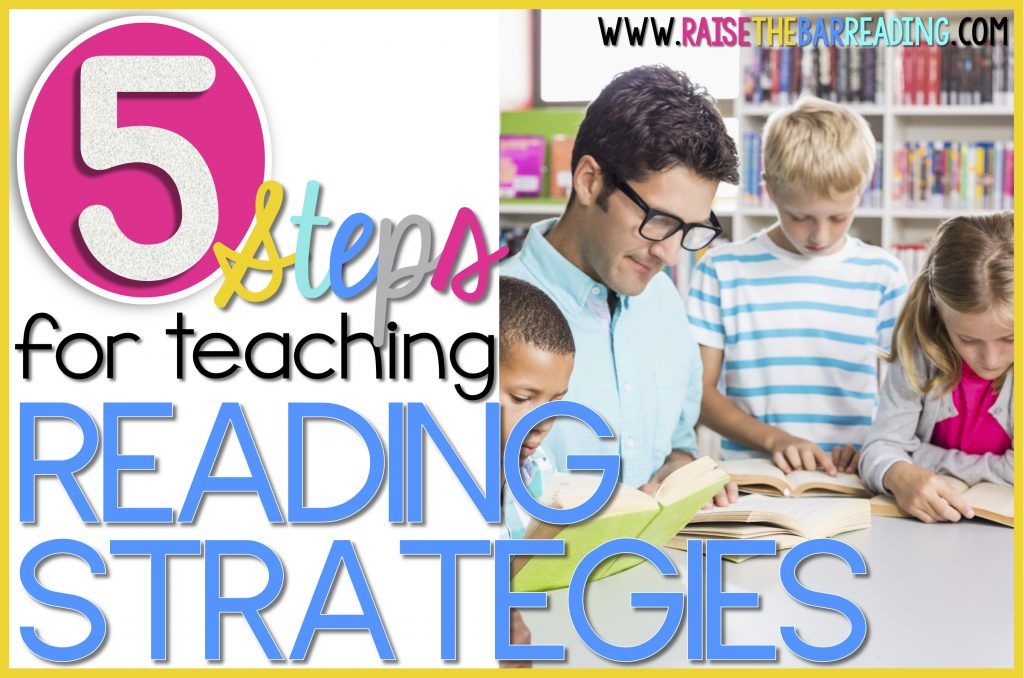



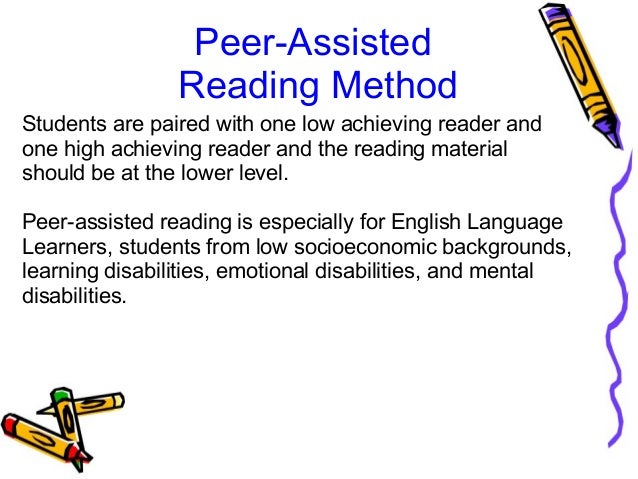
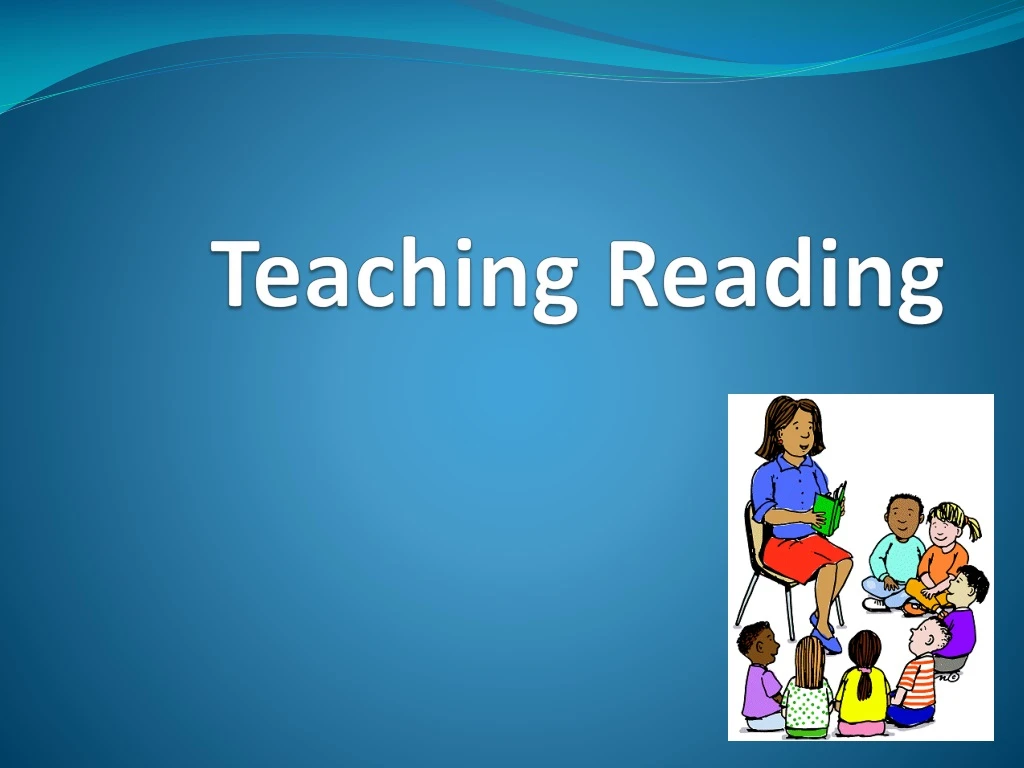 Citation takes place at all stages of learning.
Citation takes place at all stages of learning. 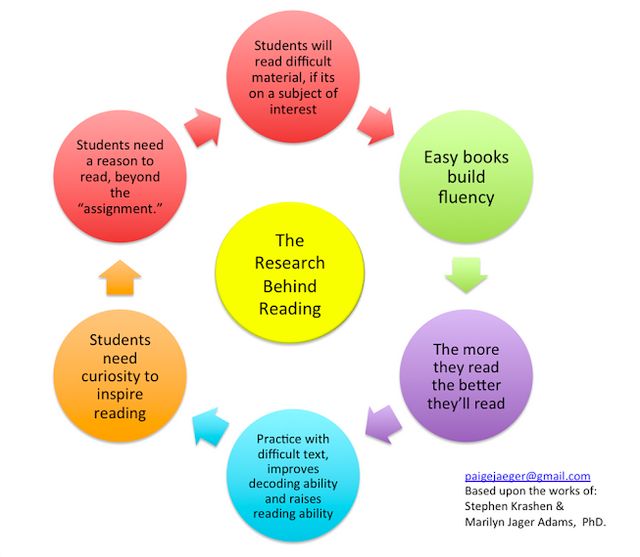 Examples of tasks of this type:
Examples of tasks of this type: 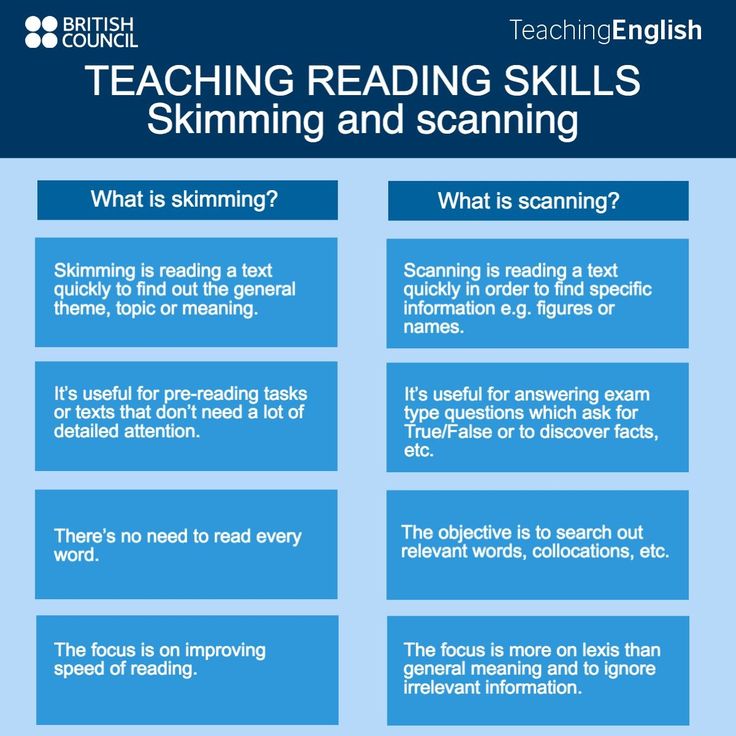
 We also considered a system of exercises that can be used in the formation of reading skills at the initial stage. Exercises are divided into pre-text, text and post-text. In practice, she got acquainted with the mental and physical characteristics of the development of younger students.
We also considered a system of exercises that can be used in the formation of reading skills at the initial stage. Exercises are divided into pre-text, text and post-text. In practice, she got acquainted with the mental and physical characteristics of the development of younger students. 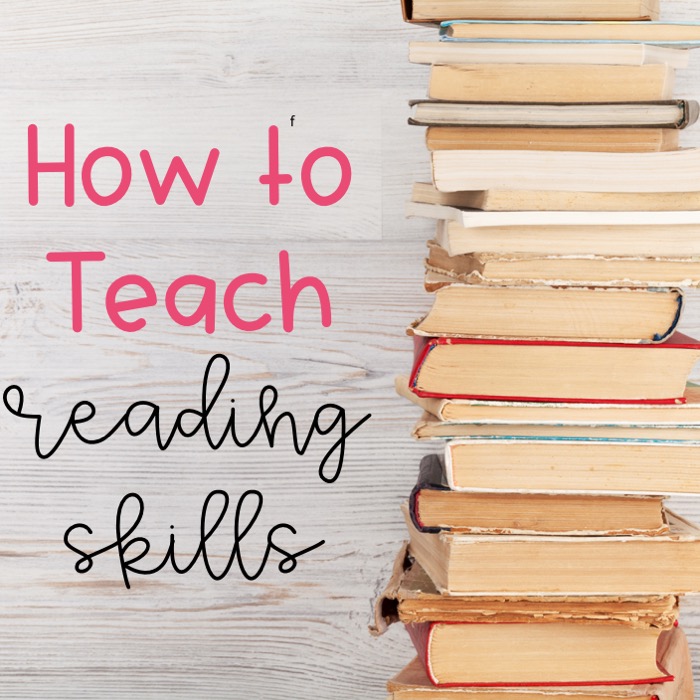
Learn more



